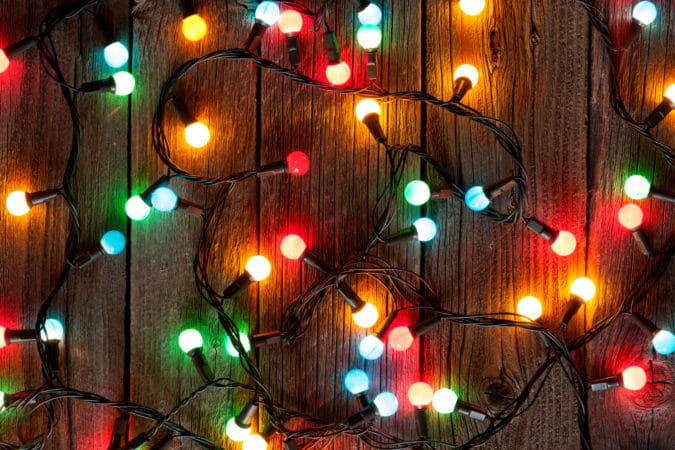
Archive | InBrief
10 ways you can save energy during the holidays
10 ways you can save energy during the holidays
We have reached one of the greatest (if not, the greatest) time of the year – the holidays. This time of the year is about entertaining family, and indulging in all the festivity and holiday rituals your family has planned. For some, Christmas begins the day after Thanksgiving (yes, I’m talking to you). And while this magnifies the Christmas spirit for you and the family, this increases the likelihood that there will be little energy saving tactics in place in your home for a month. Here are some tips for saving energy and striving to be eco-friendly during the holiday season:
-
Limit the daily run time of your lights display: My family and I usually waited until sunset to turn on the lights. And then turn them off before the last person in the house goes to sleep. A lot of holiday lights now have timers attached, which help with efficiency.
-
Use LED light displays: According to the Department of Energy, LED lights consume a whopping 70% less energy than your traditional incandescent lights. If you and your family are the type to get your Christmas tree and decorate soon after Thanksgiving, consider LED lights.
-
Use the tree lights as the only source of light in the room: If you are great at decorating, your Christmas tree will be your own household version of a grand illumination, meaning it can provide more than enough light for a room. Turn off the household lights and soak up the atmosphere.
-
Fire is good…kind of: “Chestnuts roasting on an open fire” is a top 10 holiday song lyric. Sitting by the fireplace embodies the holidays, and provides warmth so you can turn the thermostat down a little.
-
Invest in ENERGY STAR electronics: If you are in desperate need of new appliances and they are on your wish list, consider buying ENERGY STAR devices. The light blue sticker is hard to miss.
-
Cook efficiently: The holidays should also be known as “Big Meal Awareness” season. A big meal is inevitable if you are hosting family and friends. But there are ways to save energy as you cook. First, when using the oven, use the oven light instead of peeking to check the status of a dish. This will save heat and reduce your cooking time. Secondly, multitask. While one dish is cooking, start prep on a couple others. Third, turn off the lights. We all need a well-lit space to cook, but if you are not currently in the space, turn off the lights to conserve energy throughout the day.
-
Optimize shopping trips: We all remember our parents sneaking away at random times of day to get our Christmas gifts. As you go about the holiday season, limit your shopping trips and try optimizing them with proper wish list planning and fewer, but more strategic trips. This helps you save gas, while also decreasing the carbon dioxide emissions from your vehicle(s).
-
Reduce, Reuse, and Recycle: This is often overlooked. My family and I always had a huge bin dedicated to wrapping paper and old cardboard/gift boxes. Not only was this great planning, it was also a way to reuse and reduce the number of boxes and materials every season. Know what cannot be recycled (i.e. Christmas wrapping paper due to treatment it undergoes). But you CAN recycle cardboard boxes and even those Christmas cards that would sit on the coffee table until February.
-
Opt-in for a fiber Optic tree: Created to be energy efficient, fiber optic trees utilize minimal light bulbs to light the decoration. Even though they may not be as festive as the smell of pine, they can save you some money.
-
Unplug: Make sure to unplug devices that are not in use. Americans spend an excess $100 a year on electronics and devices that are not in use. Use power strips to efficiently disconnect from the power source.
Colder days and fewer hours of daylight cause an influx in energy expended in the form of heat, as well as a small hike in electricity. As you go about this holiday season, be mindful of your energy consumption. Not only will implementing these tips reduce heat loss and electric bill spikes due to light displays in your home, but it makes for a more efficient but equally productive holiday season.

